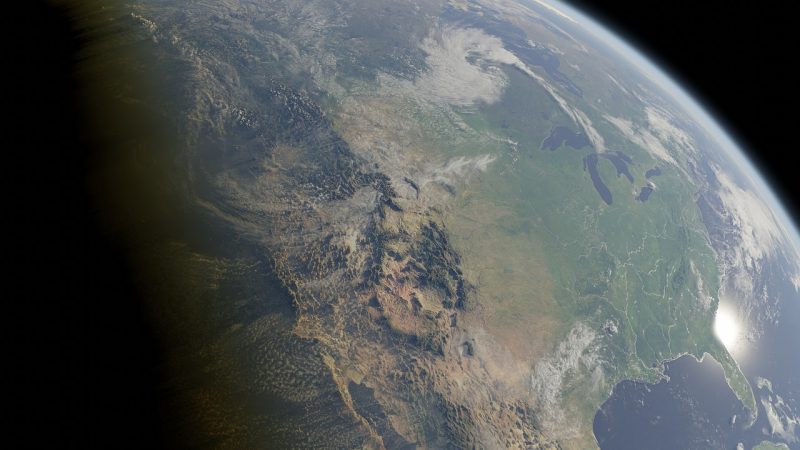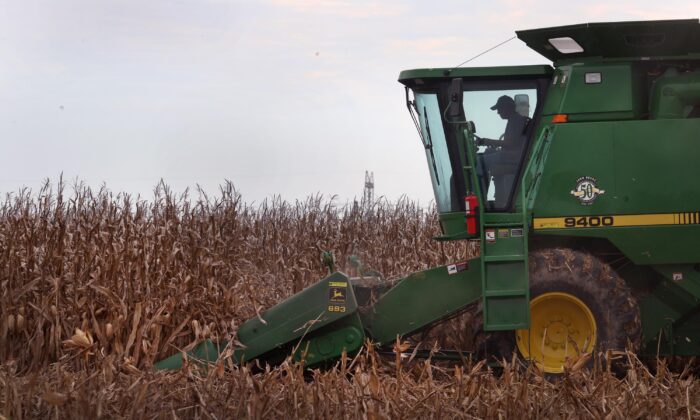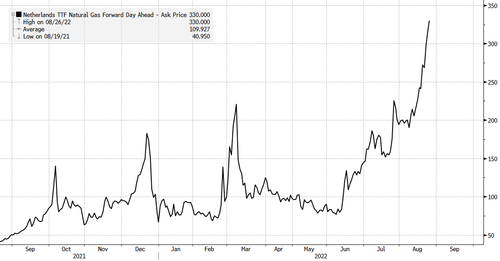Food companies and governments must come together immediately to change the world’s agricultural practices or risk “destroying the planet”, according to the sponsors of a report by some of the largest food and farming businesses released on Thursday.
The report, from a task force within the Sustainable Markets Initiative (SMI), a network of global CEOs focused on climate issues established by King Charles III, is being released days before the start of the United Nation’s Cop27 climate summit in Egypt.
Related: Waterlogged wheat, rotting oranges: five crops devastated by a year of extreme weather
Many of the world’s largest food and agricultural businesses have championed sustainable agricultural practices in recent years. Regenerative farming practices, which prioritize cutting greenhouse gas emissions, soil health and water conservation, now cover 15% of croplands.
But the pace of change has been “far too slow”, the report finds, and must triple by 2030 for the world to have any chance of keeping temperature rises under 1.5C, a level that if breached, scientists argue, will unleash even more devastating climate change on the planet.
The report is signed by Bayer, Mars, McCain Foods, McDonald’s, Mondelez, Olam, PepsiCo, Waitrose and others. They represent a potent political and corporate force, impacting the food supply chain around the world. They are also, according to critics, some of those most responsible for climate mismanagement with one calling the report “smoke and mirrors” and unlikely to address the real crisis.
Food production is responsible for a third of all planet-heating gases emitted by human activity and a number of the signatories have been accused of environmental misdeeds and “greenwashing”…
…click on the above link to read the rest…




 Preface. This post is a book review of Be Wilson’s Swindled. From Poison Sweets to Counterfeit Coffee – The Dark History of the Food Cheats.
Preface. This post is a book review of Be Wilson’s Swindled. From Poison Sweets to Counterfeit Coffee – The Dark History of the Food Cheats.












